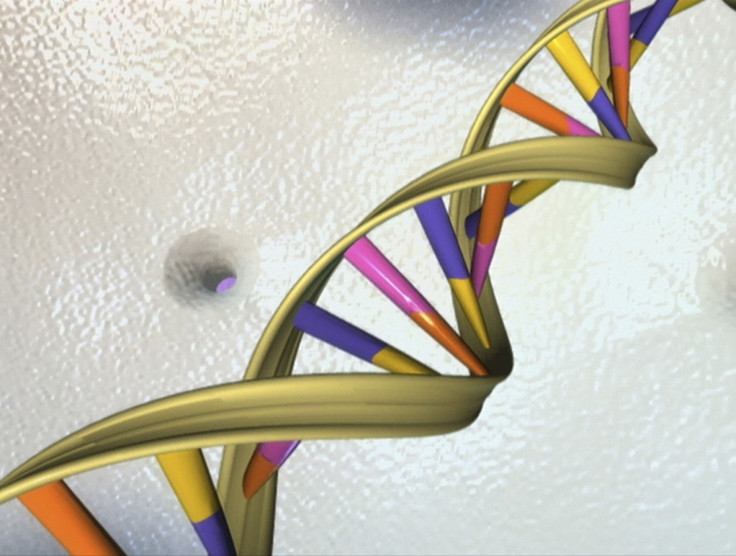Gene editing tool expected to help treat Huntington's disease, progeria
The tool may help scientists treat diseases caused by gene mutations.
Ever since Crispr was launched, the use of gene editing for treating diseases has been pondered over. A new variant of the original gene-editing tool is now being used in research towards eliminating diseases such as Huntington's disease and progeria.
Researchers have stated in a paper titled, "A novel technology for genome-editing a broad range of mutations in living organisms," that they may be able to perform gene editing In Vivo instead of In Vitro (Living organisms instead of ones in a test tube or laboratory dish). How this will work is by inserting a healthy copy of a troublesome gene inside a non-coding part of the DNA. This gene will be integrated with the diseased gene and will, therefore, kill the diseased part of the gene without taking risks.
In lab tests done on mice, the researchers were able to treat progeria using the technique. The mice treated using this technique lived around 45 percent more and even saw the effects of reduced aging. The team behind the project wants to make this technique even more efficient by pushing in more cells with healthy DNA.
Juan Carlos Izpisua Belmonte, a professor in Salk's Gene Expression Laboratory and senior author of the paper, stated in a post on Salk's website: "This study has shown that SATI is a powerful tool for genome editing. It could prove instrumental in developing effective strategies for target-gene replacement of many different types of mutations, and opens the door for using genome-editing tools to possibly cure a broad range of genetic diseases."
Currently, only the proof of concept has been provided, but the real-world capabilities of gene editing are yet to be tested. There is still much to be done before it goes for clinical trials.
While gene editing is still in its infancy, it is yet to have real-world applications. Some studies have even claimed that it will help in creating children who will be resistant to diseases such as HIV and sickle cell disease. It has also been cautioned against as it might affect DNA across generations.

© Copyright IBTimes 2025. All rights reserved.





















